- ×
 Greg O'Gallagher - Aggressive Fat Loss 1 × $32.00
Greg O'Gallagher - Aggressive Fat Loss 1 × $32.00 - ×
 [Download Now] Damien Zamora - Local Funnel Formula 1 × $23.00
[Download Now] Damien Zamora - Local Funnel Formula 1 × $23.00 - ×
 Sandi Krakowski – Information Publishing Made Simple For The Small Business Owner 1 × $40.00
Sandi Krakowski – Information Publishing Made Simple For The Small Business Owner 1 × $40.00 - ×
 Semantic Mastery - RYS Academy - The SEO Time Machine 1 × $30.00
Semantic Mastery - RYS Academy - The SEO Time Machine 1 × $30.00 - ×
 Trial Guides - David vs. Goliath: How to Work Up and Win Tough Liability Cases 1 × $35.00
Trial Guides - David vs. Goliath: How to Work Up and Win Tough Liability Cases 1 × $35.00 - ×
 [Download Now] Steve Gordon - The Unstoppable Referrals Launchpad 1 × $34.00
[Download Now] Steve Gordon - The Unstoppable Referrals Launchpad 1 × $34.00 - ×
 [Download Now] Brad Sugars Profit Masters [Billionaire in Training] 1 × $74.00
[Download Now] Brad Sugars Profit Masters [Billionaire in Training] 1 × $74.00 - ×
 [Download Now] Jason Linett – Hypnotize Business Boot Camp 1 × $57.00
[Download Now] Jason Linett – Hypnotize Business Boot Camp 1 × $57.00 - ×
 Ray Arias – Creating A Trading Plan 1 × $23.00
Ray Arias – Creating A Trading Plan 1 × $23.00 - ×
 [Download Now] RSD Jeffy - Voice Activated Attraction - Level 1: Resonator 1 × $36.00
[Download Now] RSD Jeffy - Voice Activated Attraction - Level 1: Resonator 1 × $36.00 - ×
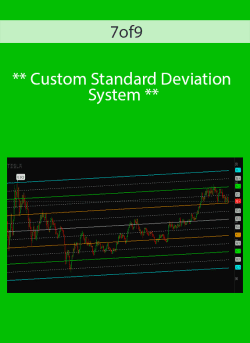 7of9 - ** Custom Standard Deviation System ** 1 × $22.00
7of9 - ** Custom Standard Deviation System ** 1 × $22.00 - ×
 [Download Now] Kim Klaver - Authority Marketer 1 × $23.00
[Download Now] Kim Klaver - Authority Marketer 1 × $23.00 - ×
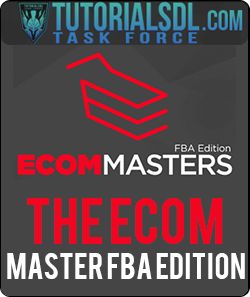 [Download Now] The Ecom Master FBA Edition 1 × $30.00
[Download Now] The Ecom Master FBA Edition 1 × $30.00 - ×
 Rebecca Fannin - Silicon Dragon: How China Is Winning the Tech Race 1 × $12.00
Rebecca Fannin - Silicon Dragon: How China Is Winning the Tech Race 1 × $12.00
Subtotal: $471.00



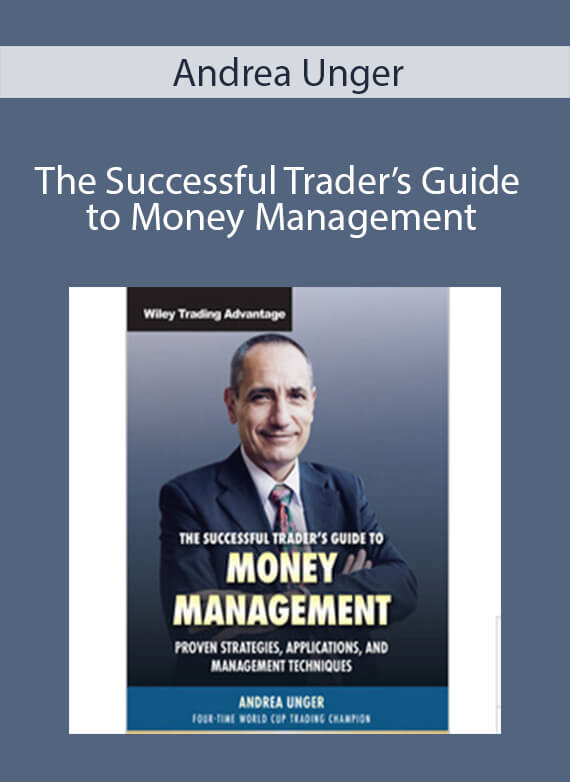
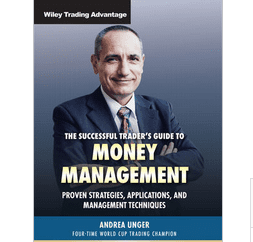
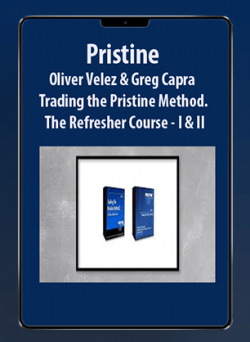
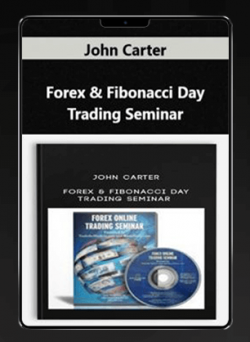
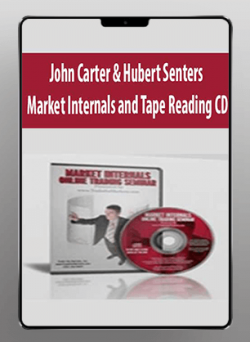

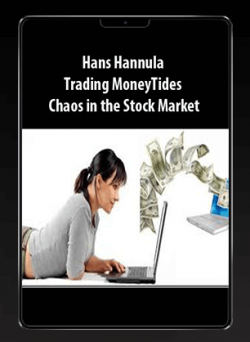
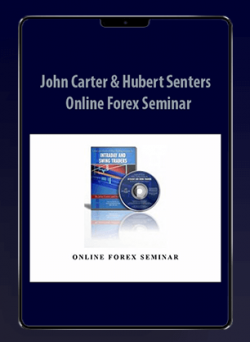

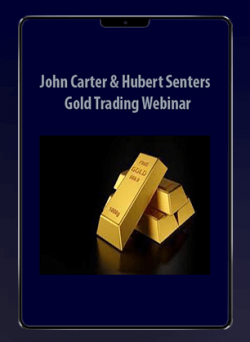
Reviews
There are no reviews yet.